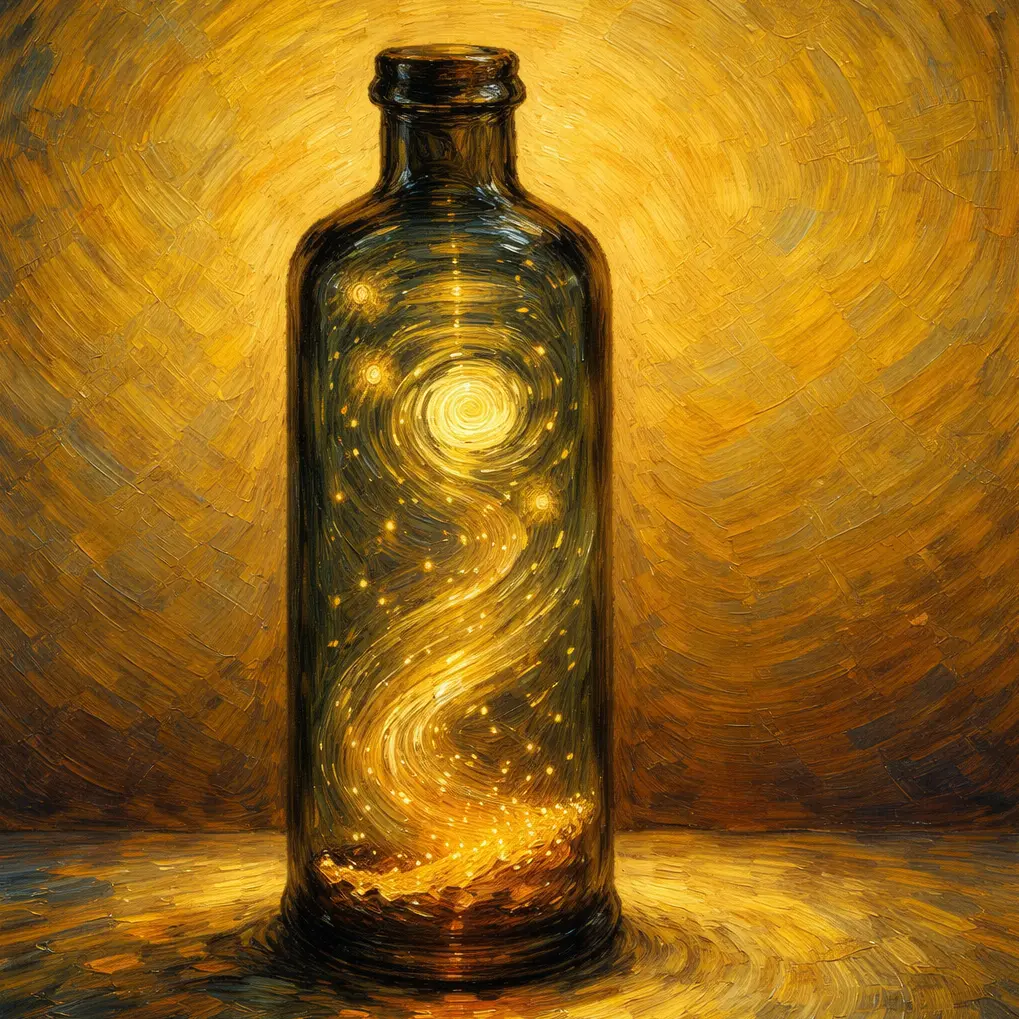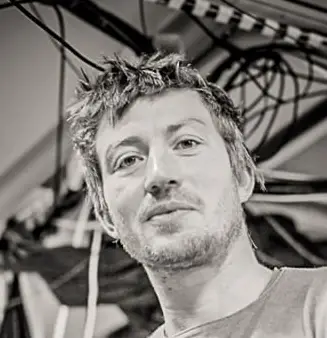Introduction
Quantum fluids of light are photonic counterpart to atomic Bose gases and are attracting increasinging interest for probing many-body physics quantum phenomena such as superfluidity. Two different configurations are commonly used: the confined geometry where a nonlinear material is fixed inside an optical cavity (proposed 30 years ago by Pomeau and Rica), and the propagating geometry where the propagation direction plays the role of an effective time for the system.
Recently, my experimental research group focused on the propagating geometry inspired by pioneering works in photorefractive crystals and thermo-optic liquids. We developed a novel platform for fluids of light based on the spatial evolution of a continuous laser beam propagating in a hot atomic vapor under the paraxial approximation. Interestingly, this geometry allows for a mathematical mapping to the 2D Gross-Pitaevskii equation, where the local light intensity corresponds to the photon density and the spatial gradient of its phase to the velocity. The key point is that this system simulates the dynamics of a 2D quantum fluid where each transverse plan (x,y) at a given z is a time snapshot of the effective temporal evolution. In 2018, my group demonstrated the relevance of this approach, known as paraxial fluid of light, with the observation of a superfluid state of light.
Optomechanical signature of superfluidity
Superfluidity is the ability of a fluid to move without any friction. Landau proposed several experiments to demonstrate superfluidity including a rotating bucket (if a bucket of superfluid is rotated it would be expected that the fluid would remain stationary due to the fluid lack of friction with the bucket) or the fountain effect. There are several behaviours that can be said to be the hallmarks of superfluidity simply because they do not occur anywhere else in nature.
For fluid fluids of light, the standard way to probe superfluidity is by observing the absence of scattering when a fluid of light hits a potential defect, as recently demonstrated in my group We are now focusing on a new way of testing light superfluidity. The goal of this experiment is to replace a fixed potential barrier by a movable defect and observe the optical feedback of the fluid on the defect itself. To take an hydrodynamic example, I will replace a fixed bridge pile in a superfluid river by a mobile branch of a tree and observe the movement of the branch. Our goal is to observe the first mechanical signature of superfluid behavior of light.
Associated publications
-
Paraxial Fluids of Light
Quentin Glorieux, Clara Piekarski, Quentin Schibler, Tangui Aladjidi, Myrann Baker-Rasooli
Advances In Atomic, Molecular, and Optical Physics Advances 73, (2025)
Open access:
-
Nonequilibrium Prethermal States in a Two-Dimensional Photon Fluid
Murad Abuzarli, Nicolas Cherroret, Tom Bienaimé, Quentin Glorieux
Physical Review Letters 129, 10 (2022)
Open access:
-
Paraxial quantum fluids light in hot atomic vapors
Murad Abuzarli, Tangui Aladjidi, Nicolas Cherroret, Quentin Glorieux
Epj Web of Conferences 266, 08004 (2022)
Open access:
-
Measurement of the Static Structure Factor in a Paraxial Fluid of Light Using Bragg-like Spectroscopy
Clara Piekarski, Wei Liu, Jeff Steinhauer, E. Giacobino, Alberto Bramati, Quentin Glorieux
Physical Review Letters 127, 2 (2021)
Open access:
-
Interferences between Bogoliubov excitations in superfluids of light
Quentin Fontaine, Pierre-Élie Larré, Giovanni Lerario, Tom Bienaimé, Simon Pigeon, Daniele Faccio, Iacopo Carusotto, E. Giacobino, Alberto Bramati, Quentin Glorieux
Physical review research 2, 4 (2020)
Open access:
-
Nanofiber based displacement sensor
Can Ding, Maxime Joos, Constanze Bach, Tom Bienaimé, E. Giacobino, E Wu, Alberto Bramati, Quentin Glorieux
Applied Physics B , (2020)
Open access:
-
Observation of the Bogoliubov Dispersion in a Fluid of Light
Quentin Fontaine, Tom Bienaimé, Simon Pigeon, E. Giacobino, Alberto Bramati, Quentin Glorieux
Physical Review Letters 121, 18 (2018)
Open access:



